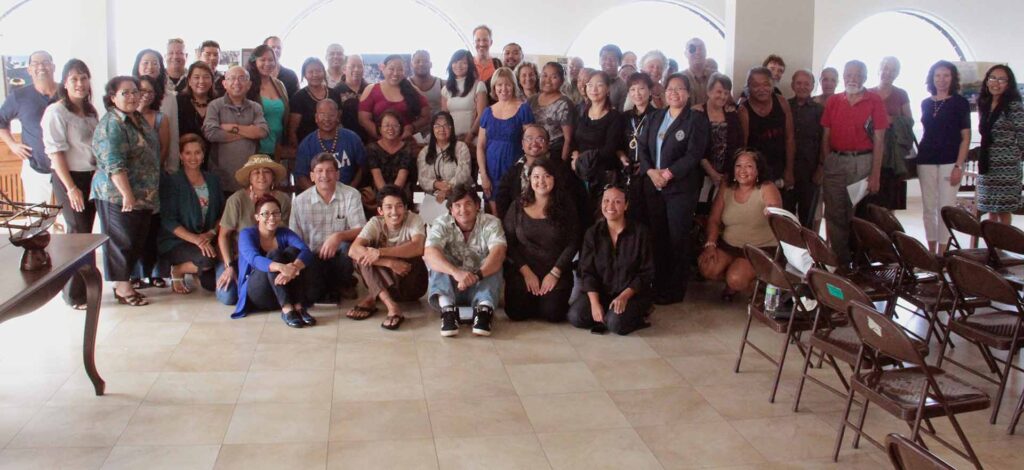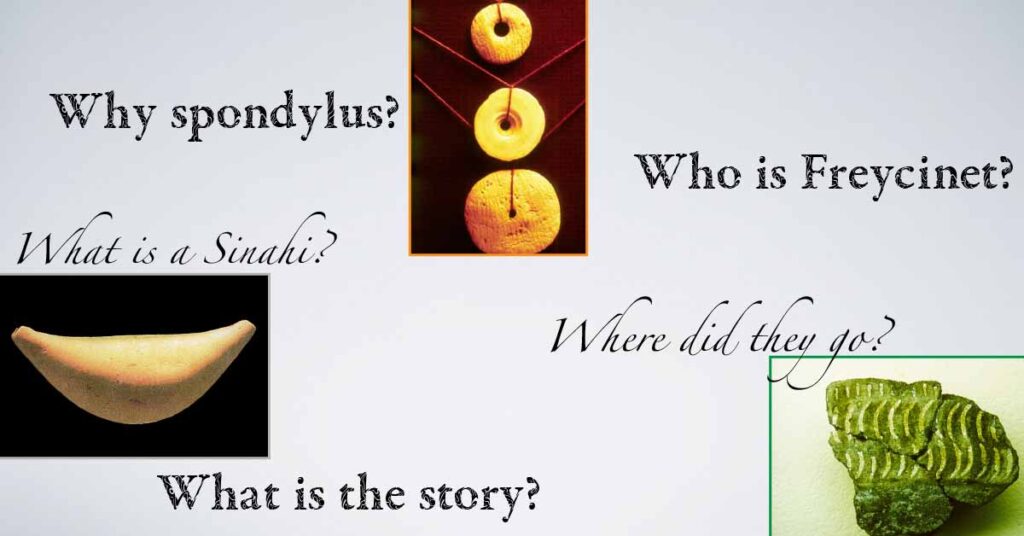
Regional Arts Festival Set for Guam in 2016
Art and History organizations offer workshop to prepare
In 2016, Guam will host the Festival of the Pacific Arts (FOPA), a regional festival showcasing the diversity of arts and performances from over two dozen island nations and territories throughout the Pacific. The Festival of the Pacific Arts, or FestPac as it is known on Guam, originated from an effort to preserve and develop local art forms and to celebrate and share cultural heritage. The 2016 festival will be the first time Guam will host this prestigious event.
The Guam Council on the Arts and Humanities Agency (CAHA) is spearheading the organization of FestPac 2016, as well as organizing workshops to assist local artists, artisans and other cultural producers to tell the story behind their work.
The first workshop, Cultural Design with History in Mind, was presented in February 2013 with assistance from the Guam Preservation Trust (GPT), the Guampedia Foundation, Inc., local archaeologists Darlene Moore and Judy Amesbury of the Micronesian Archaeological Research Services (MARS), and Dr. Judy Flores, local artist and Pacific Arts scholar. The workshop provided information about ancient cultural designs found in the Mariana Islands based on archeological and historical research and introduced Guampedia.com as an online resource about Guam’s culture and history for artists and cultural producers. Additionally, the workshop was intended to provide inspiration for various areas of artistic expression. Workshop organizers believe this information will be vital for instilling confidence and pride among Guam’s delegation to appropriately use ancient traditional designs and motifs and to share their stories with other FestPac participants.
To view the summary report and presentations of the Cultural Design with History in Mind Workshop, click the links below.
Håfa Kumekelek-ña i Alåhas i Mañaina-ta?
The Meanings Behind the Treasures of our Ancestors
By Dr. Judy Flores, Pacific Arts Scholar and Artist
Dr. Judy Flores gives a pictorial history of contemporary artists and their work in this presentation. Flores shows photographs of jewelry and carvings by artists today, as well as ancient artifacts that she believes have inspired artists because of their beauty and craftsmanship. These cultural objects evoke cultural pride and a sense of identity for those who admire and wear them. The information in Flores’s presentation is derived from her initial research for her Doctorate in Arts of Oceania for which she conducted several interviews in 1998 and took numerous photographs, as well as her Masters in Micronesian Studies at the University of Guam Micronesia Area Research Center (1996).
Judy S. Flores e-publication
Adzes, Fishing Gear, Beads and Bracelets
Shell and Bone Artifacts from the Mariana Islands
By Judith R. Amesbury, Micronesian Archaeological Research Services
Judith R. Amesbury’s presentation shows a variety of shell and bone artifacts found in the Mariana Islands, as well as provides the historical context in which to understand archaeological findings of ancient designs of adzes, fishing gear and body adornment. She demonstrates the diversity of materials and the innovative skills used to create these objects as well as their use in daily life. She describes four different types of cone shell beads from Pre-Latte to Latte Phases that were used to fashion a variety of ancient jewelry that has important implications for understanding the changing culture of the people of the Mariana Islands.
Judith R. Amesbury e-publication
Examples of Stylistic Designs in Marianas Pottery
By Darlene Moore, Micronesian Archaeological Research Services
Darlene Moore provides an overview of the Marianas pottery sequence and examples of various designs and motifs used by the early Chamorros in producing their ceramics. Moore explained that the first people who settled in the Marianas brought their pottery-making skills with them, and began making pottery immediately from local clay. The earliest pottery vessels from 1500 BC to 500 BC have the most complex and intricate designs, but over time the designs became more simplified, with vessel forms also showing modifications in shape. She describes the distinct pottery styles, Achugao, San Roque and Ipao, that characterize the unique pottery of the Mariana Islands and posits that vessels were not only functional but could have other important cultural practices associated with them.
Darlene R. Moore e-publication
Summary Workshop Report e-publication
Written and presented by Guampedia.com
Download presentations here.

